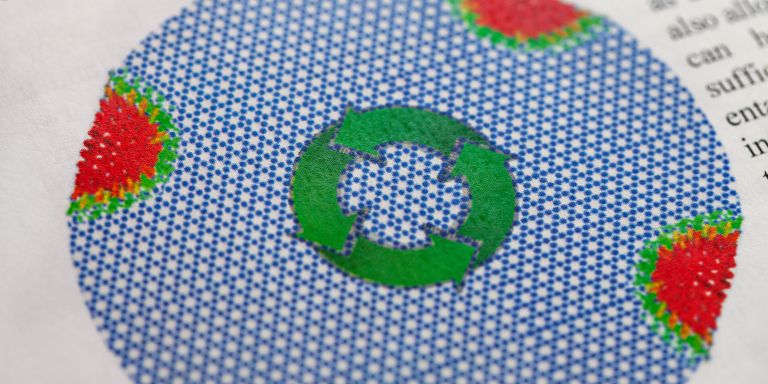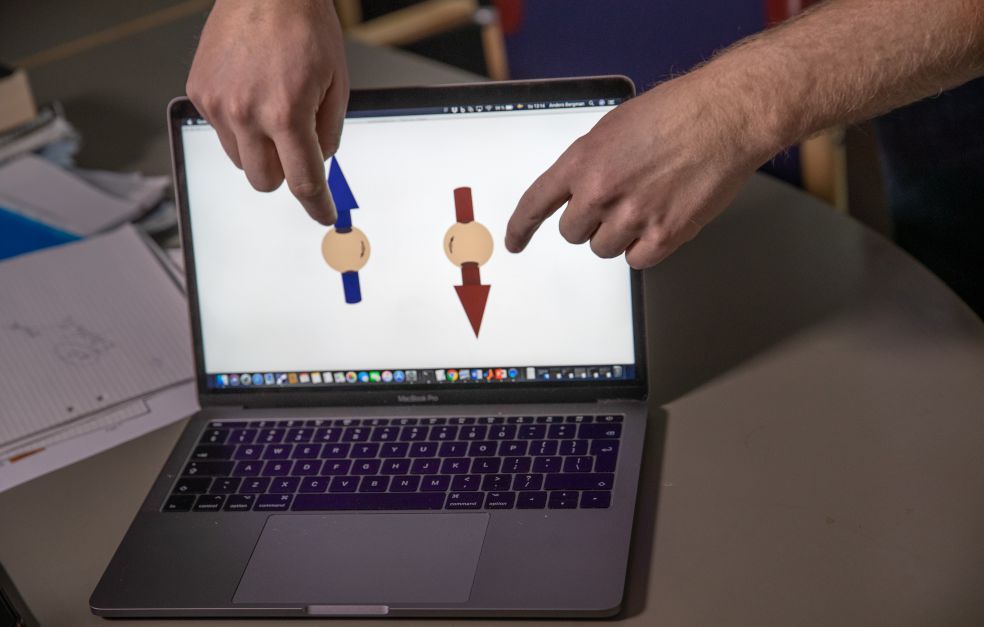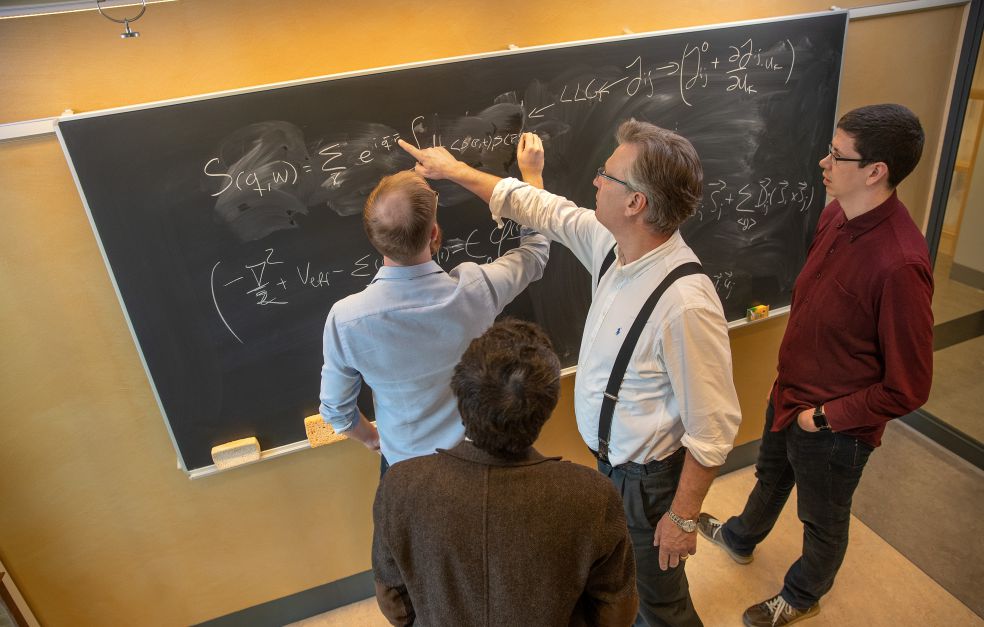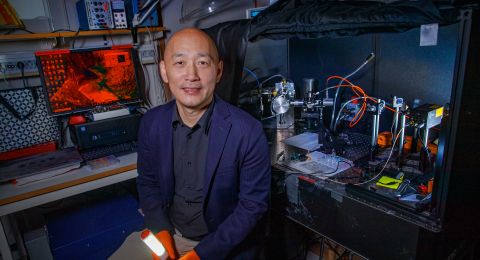
Project Grant 2018
Dynamic Phenomena of Magnetic Materials
Principal investigator:
Olle Eriksson, Professor of Theoretical Magnetism
Co-investigators:
Uppsala University
Erik Sjöqvist
KTH Royal Institute of Technology
Anna Delin
Institution:
Uppsala University
Grant in SEK:
SEK 22.2 million over three years
The term “information overload” was coined way back in the 1960s. Since then, the rate at which the mass of information available has been swelling shows no sign of abating. Olle Eriksson, Professor of Theoretical Magnetism at Uppsala University, explains:
“The total volume of information available to humanity will have doubled in 18 months’ time, and doubled again 18 months after that. So we can see that the need to store information is growing exponentially.”
Magnetic materials make up the very fabric of the IT society. Say the word “magnet”, and many people think of compass needles or brightly-colored fridge magnets. But it is inside our computers, and in cloud storage of data that magnetic materials really come into their own. Nowadays over 80 percent of all information is saved with the help of magnetic materials.
The breakneck speed at which the volume of data is growing may soon test the limits of current technology.
“There is an ever-growing need for more and faster data storage. More energy-efficient information technology will also hugely benefit the environment,” Eriksson says.
Theoretical depths
New theoretical knowledge is needed to make further progress, and this is the goal of a research project funded by the Knut and Alice Wallenberg Foundation. Over the next few years researchers on the project will be delving into the dynamic phenomena of magnetic materials. The project involves six senior researchers at Uppsala University and KTH Royal Institute of Technology, along with a number of postdocs and PhD students.
Among other things, the researchers plan to develop new computation and simulation methods. Anders Bergman, one of the scientists engaged in the project, explains:
“We have a long tradition of studying the dynamics of magnetic systems by concentrating on magnetism alone, but now we also want to see how the atoms in the material move.”
Bergman plays a film clip illustrating the basic concept. The display shows two balls, along with red and blue arrows. The balls represent atoms; the arrows show magnetic spin. The clip visualizes several simultaneous interactions, one magnetic, and also between the atoms themselves. The interaction between the red and blue spins is dependent on how close the atoms lie. When the spin starts to rotate, the magnetic interaction changes. The key to a deeper understanding lies in the relationship between the spin and the atoms.
“It’s called spin and lattice dynamics. The idea is to study as many effects as possible.”
Scaling up
The project is focusing on a methodology called multiscale methods. The idea is first to solve the problem as precisely as possible at the small scale. The next step is for the researchers to relate the problem to a larger length and time scale, with slightly less accuracy. This is necessary so they can address the problem, and also because realistic experiments demand larger scales.
“The two-atom system has been made to create a conceptual image, but doing something experimentally relevant naturally requires millions of atoms,” Eriksson adds.
Multiscale methods have been used in other physical and chemical contexts, but are uncommon in research on magnetic materials. Much of the project is therefore devoted to developing multiscale methods.
“We have found a niche where we are unique, and where we can develop methods that can then be used by other experimental researchers around the world.”
Vortices offer promise for future electronics
The project also addresses a number of new and controversial magnetic phenomena. One example is that of quasiparticles in the form of magnetized vortices known as skyrmions. The vortices have the ability to stabilize in multiple materials, and are also relatively easy to control by applying external current. Researcher Manuel Pereiro explains:
“This offers potential to create the electronics of the future. Skyrmions can be likened to minute particles. By designing collisions between them, we can control the direction in which they move, and generate electronic gates. But a lot more research and understanding of these phenomena will be needed before the technology is commercially viable.”
Solutions to old problems
Researcher Danny Thonig explains how the team also hopes to solve problems that have confounded the research community for decades. An experimental breakthrough in ultrafast spin dynamics was made in Strasbourg in 1996. Two scientists managed to study the structure of nickel, and its magnetic response at a scale of picoseconds, i.e. trillionths of a second. There is still no scientific explanation for this phenomenon, but it is possible that magnetism at such dizzying speeds may pave the way for the next generation of superfast computers.
“The project is entirely curiosity driven, and aims to increase our theoretical understanding. But of course it would also be a superb breakthrough if we succeeded in finding a solution capable of improving information technology, and making IT devices smarter and faster than they are at present,” adds Eriksson.
Text Nils Johan Tjärnlund
Translation Maxwell Arding
Photo Magnus Bergström





